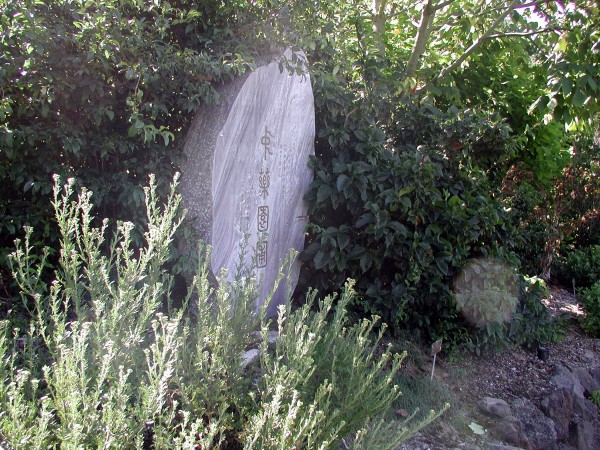 This is a special collection of over 100 herbs commonly used in the practice of traditional Chinese medicine. Many of these plants are familiar horticultural and landscape plants. Medicinal herb gardens are common at medical colleges in China, but not in the United States, where many practitioners and students are familiar only with dried plants. This garden is intended to provide an opportunity for study of the herbs in living form, and is extensively visited and toured for that purpose.
This is a special collection of over 100 herbs commonly used in the practice of traditional Chinese medicine. Many of these plants are familiar horticultural and landscape plants. Medicinal herb gardens are common at medical colleges in China, but not in the United States, where many practitioners and students are familiar only with dried plants. This garden is intended to provide an opportunity for study of the herbs in living form, and is extensively visited and toured for that purpose.
Development of the garden was a cooperative effort of the American College of Traditional Chinese Medicine in San Francisco; the Guangzhou College of Traditional Chinese Medicine (now the Guangzhou University of Chinese Medicine) in Guangzhou, China; and the University of California Botanical Garden at Berkeley. Professor Xu Hong-hua of the Guangzhou College designed the garden, which was dedicated on June 6,1987.
This collection is the only U.S. medicinal garden arranged by the traditional Chinese medicine function groups; sixteen of the eighteen functions are represented. Each function group has an identifying sign on a post and each plant has a label listing the function group, scientific name, symptoms treated, plant part used, Chinese medicinal name, and a transliteration. The functions include: surface relieving; purging; clearing heat; promoting the flow of water; eliminating wind and damp; warming interior and eliminating cold; dissolving wetness; regulating Qi; regulating blood; tonifying and nurturing; astringents; pacifying the spirit; dissolving phlegm and relieving cough; removing congestion; parasiticides; and anti-cancer. The functions of opening orifices and external uses are not represented.
Do not pick or ingest any part of any plant in this Garden. The information included on all labels and descriptions are intended to provide an educational and historical context only.

